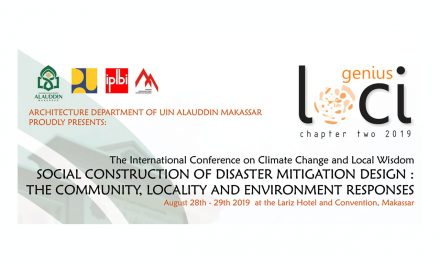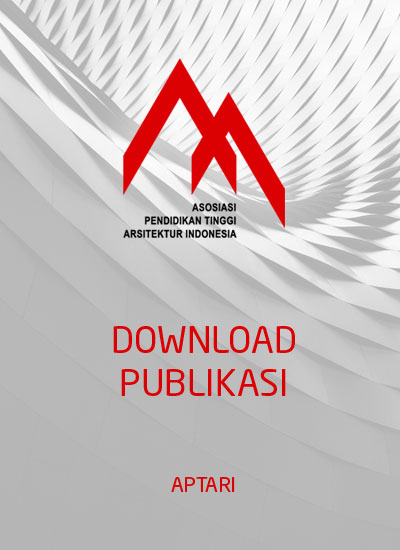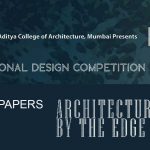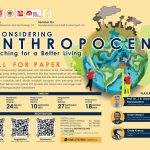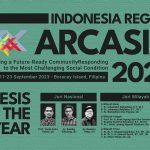Being a knowledge-based practice, architecture strives to re-invent its relevance with its circumstances by developing a system of knowledge. For millenia, the knowledge of architecture was developed based on certainty. Vitruvian triad began with firmitas connoting the physical permanence of a building, followed by utilitas relying on the stability of function conducted in such building, while the last, its notion of venustas implies eternal beauty giving delight to its spectators.
In current situations, uncertainty is the norm, and certainty is the exception. Architecture exists in a world where so many different cultures are intermingle at the same time, each with their own value system. The knowledge of architecture faces an enormous complexity of values, interpretations, and readings.
Social un-stability, as well as massive mobility and migration prevail. Place attachment of people and their sense of identity and affiliation are constantly re-shaped in this situations. The absence of place and multiplicity of place might occur in an age-old place.
Enormous flows of information due to the advancement of digital technology alters our life fundamentally. In the meantime, information technology itself is in a perpetual transformation. From the tools being the extension of our hands to make things, it becomes the extension of our mind to vision things that we are going to produce. It opens possibilities and enables us to imagine what was previously unimaginable, realize what was unrealizable, as well as to conceive what was unconceivable. However, know, such tools became the extension or even foundation of our existence. Do we need to stay and gather on a certain place, or shall we move and wander depend on the digital existence of ourselves. Our needs, urgency and behavior are mediated, driven, or in some extents determined by this new apparatus.
Architecture in Asia with its immense diversity in complexity currently experience even more fundamental transformations in social relations, technological advancement, environmental management, and cultural appropriation. The existing configuration of knowledge is no longer adequate to comprehend and develop architecture in this region.
Former architectural inquiries on what is the shape of our buildings and how do we shape our building to suit and adapt with contemporary circumstances are still valid, but new challenges like do we still need buildings and why do we construct building
More Info: http://eduarchsia.uii.ac.id
Achitecture Department
Moh. Natsir Building
Kampus Terpadu Universitas Islam Indonesia
Jl. Kaliurang Km 14,5 Yogyakarta, Indonesia
e-mail : eduarchsia.uii.ac.id
Phone : +62 274 898444 ext 3238
WA/SMS : 081 578 727 605 (Annisa)



